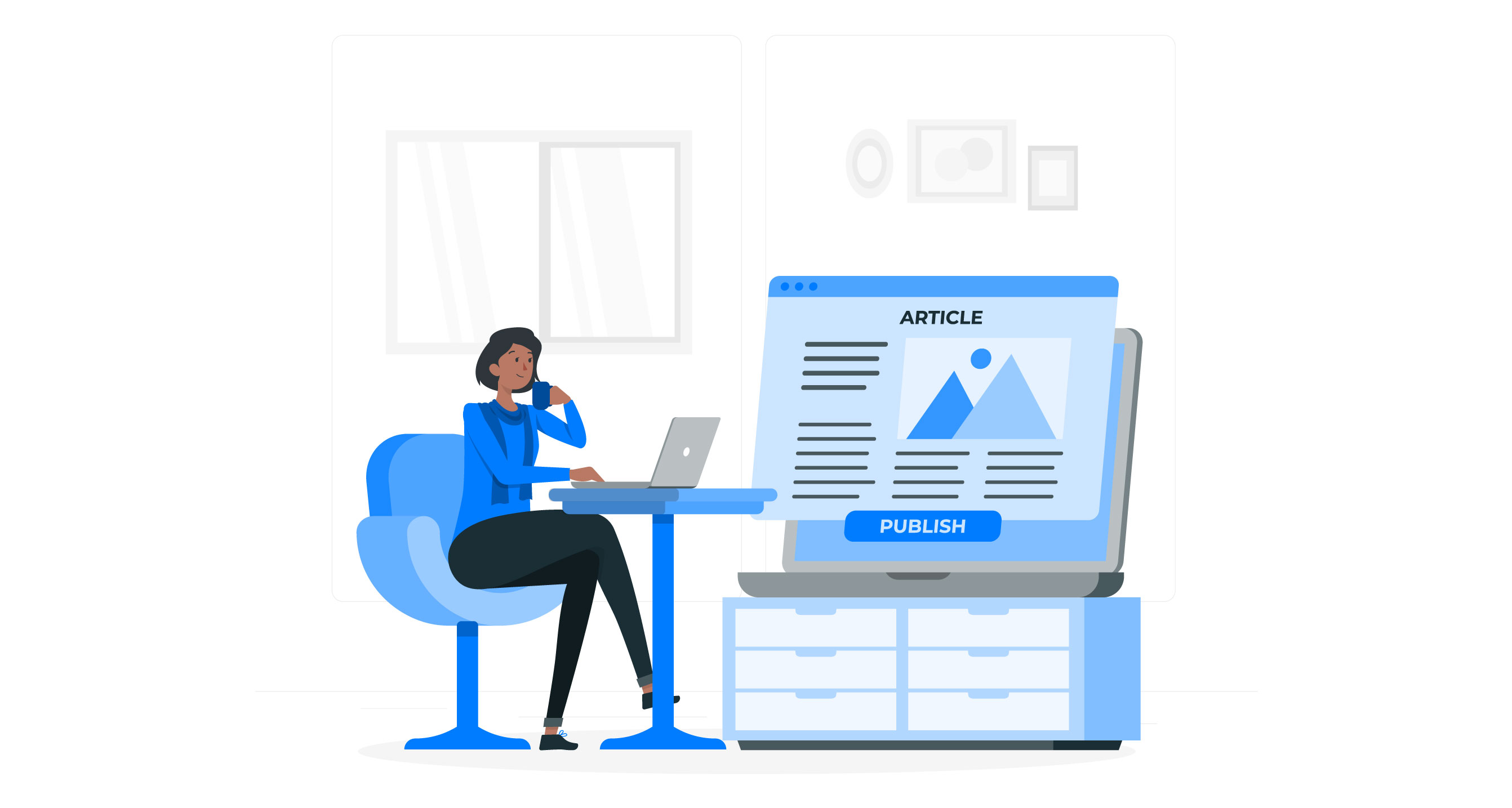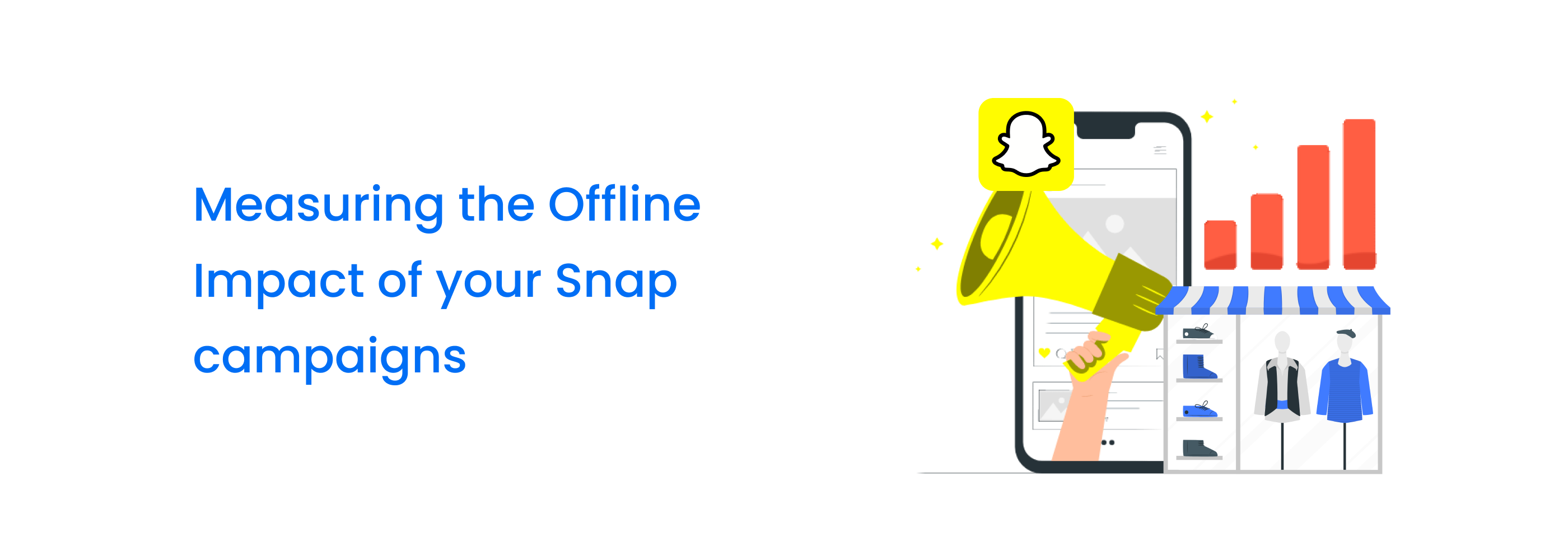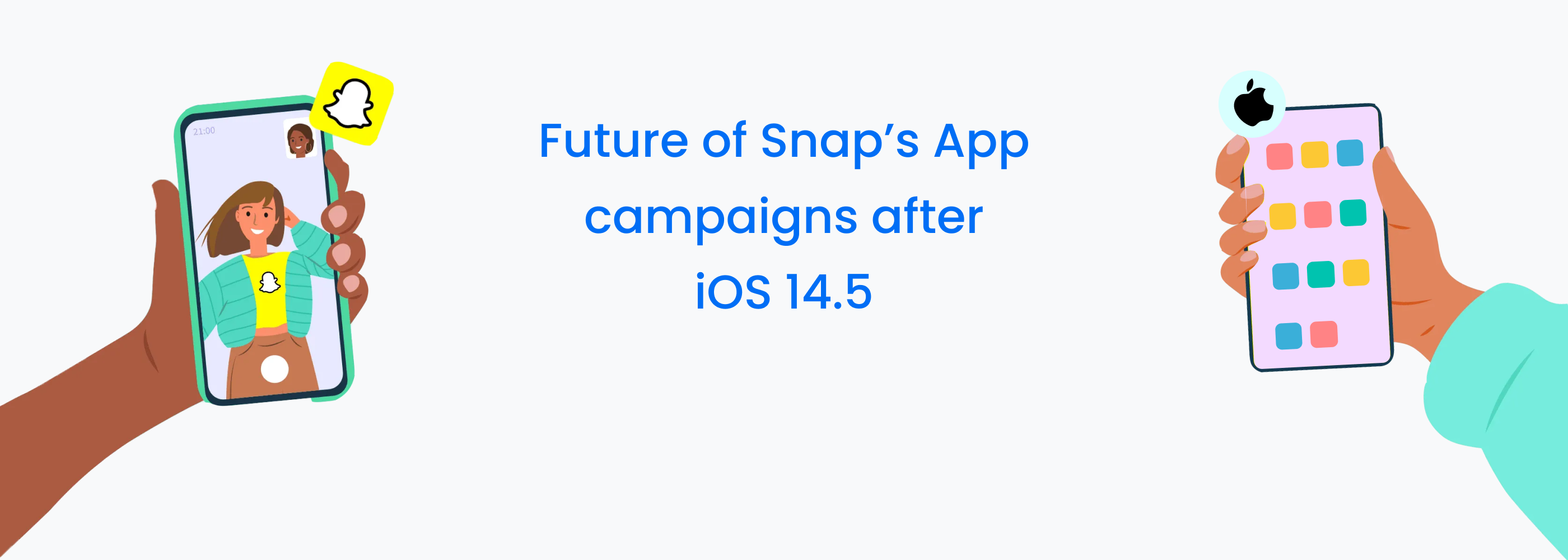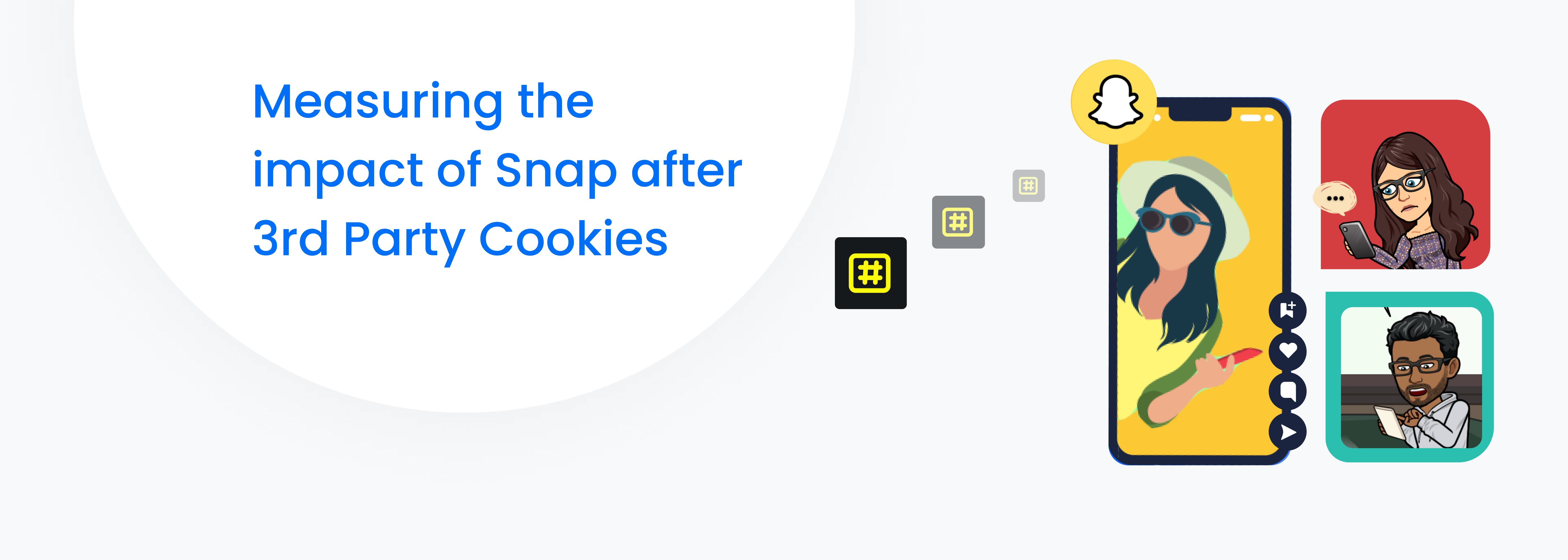Leverage First-Party Data – The Publisher POV
While not every publishing house may have a CMO, many make marketing-like overtures toward their audiences, and with that comes the need for data. Publishers already have a wealth of first-party data to draw from. Your audience’s onsite behavior provides valuable, actionable data about their interests and appetite for content.
How do you put that data to use?
Here are a few things publishers are doing to drive revenue with their first-party data.

Tailor subscription offers to different types of paying audiences
Publishers like the Wall Street Journal and the New York Times have eschewed one-size-fits-all paywalls in favor of dynamic paywalls that adjust to the audience. This flexibility, INMA researcher Grzegorz Piechota has found, is the key to converting audiences who wouldn’t normally pay for publisher content.
Data from your known audience allows you to tailor the paywall experience to maximize conversions. When audiences frequently view articles from a particular content category, you may improve conversions by aligning your paywall messaging with that category.

Even without behavioral data for individual users, marketers may be able to estimate the chances of paying based on other traits (such as traffic source or geographical location) and use this data to adjust your paywall meter (or drop your wall entirely) when such visitors come to your site. For instance, a user referred from Facebook is typically less likely to convert to a paid subscription than users who visit, say, from email. Instead of pushing Facebook visitors towards a paid subscription, you may have more success promoting a newsletter signup.
Use first-party data to deliver hyper-targeted audience segments for advertisers
Not every publisher can turn to paywalls and even those that do typically supplement their subscription revenue with advertising. Fortunately, first-party data can help you drive more revenue here as well.
When Facebook and Google command 57% of digital advertising spend, your data about audience interests can pique the interest of advertisers. By audience with behavioral data, you can segment your known users based on their content consumption. That way, you can sell advertisers direct access to thousands of people who regularly engage with a certain category.

You can use this data in direct-sold onsite advertising, or even in the inbox. Email gives you direct access to your known audience at any time, making it an ideal channel for delivering this highly-targeted advertising. With knowledge of what content email subscribers are consuming, you can segment your list according to their interests, maximizing your revenue from dedicated promotional sends.
Deepen engagement with personalized experiences
The content your individual users consume provides powerful first-party data about the things those users are interested in. With email audience enrichment, you can put this data to use, improving your content recommendation by showing articles closely aligned with their interests. You can also use this behavioral data to exclude those articles a user has already viewed, making the most of your limited space while also keeping the experience fresh. These personalization tactics can be used onsite or in your email, as Apartment Therapy does with their newsletters.

Deepening your onsite engagement can prove more lucrative than pay-per-click sponsored content recommendation that sends audiences off-site, particularly if you offer paid subscriptions. More relevant content increases the likelihood of audiences finding value in your content, plus highly-engaged audiences are more likely to run up against your paywall meter.















